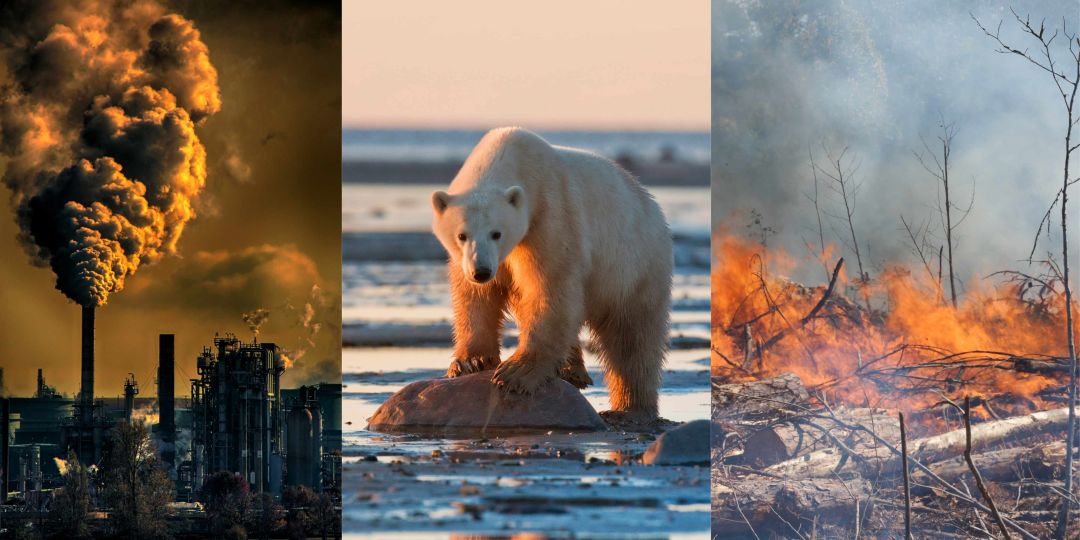Scientists are claiming that ‘underground climate change’ is slowly deforming the ground beneath cities.
A study conducted in Chicago suggests rising temperatures are shifting land under urban areas and could negatively affect buildings and infrastructure, threatening long-term durability.
It comes after scientists announced New York may be sinking under the weight of its own buildings back in May – with 1.68 trillion pounds pushing down on the ground beneath.
However, Chicago is instead sinking due to “subsurface heat islands”, or underground climate change.
Alessandro Rotta Loria, lead study author and assistant professor of civil and environmental engineering at Northwestern University in Evanston, Illinois, said: “The denser the city, the more intense is underground climate change.”
He added that soil, rocks and construction material deform when subjected to temperature variations. Heat is released by buildings and subterranean transport such as subway systems.
“Deformations caused by underground climate change are relatively small in magnitude, but they continuously develop,” he said.
“Over time, they can become very significant for the operational performance of civil infrastructure like building foundations, water retaining walls, tunnels and so on.”
The team behind the study installed a wireless network of more than 150 temperature sensors across the Chicago Loop.
Sensors were placed in basements, subway tunnels, underground parking garages and in streets to collect temperature data across the city.
Researchers found that underground temperatures beneath the Loop are often 10 degrees hotter than those beneath Grant park, which is away from buildings and infrastructure.
Making use of a 3D computer model, the team also looked at how the ground had changed between 1951, when the city’s subway opened, and today.
The simulations matched the results collected in the field.
It was then used to predict how much the ground would shift running up to 2051.
It revealed warmer temperatures could cause the ground to swell and expand upwards by 0.5 inches and the weight of a building could cause the ground to sink downwards by 0.3 inches.
While Rotta Loira called the phenomenon a “silent hazard” he also added that “it’s not like buildings will suddenly collapse. Things are sinking very slowly.”
David Toll, a professor of engineering and codirector of the Institute of Hazard, Risk and Resilience at Durham University, said the study is important as the effects of thermal movements beneath cities have not been subject to much research.
“My conclusion from the study would be that, for the Chicago Loop, we now know that these thermal movements that have taken place, and those predicted for the immediate future, are not large enough to be of concern. That is a very useful finding,” he said.
“However, that is not to say that such temperature changes below other cities, with different ground conditions, could not be potentially problematic.”

